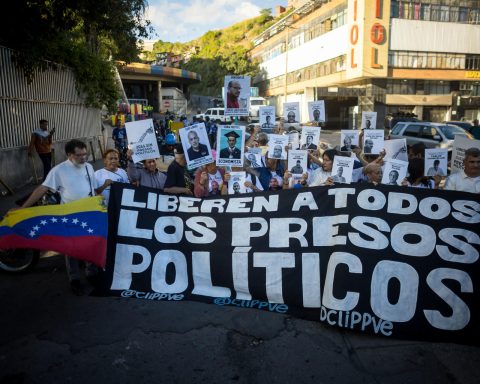Last Tuesday, Colorado Ope Pasquet took office as the new president of the House of Representatives. As usual, in his speech he set the objectives that he will try to meet in the twelve months of his management.
Pasquet declared that he wanted an improvement in the work of the camera, and in that sense he set himself a goal in which several of his predecessors failed.
“I think it’s time that the citizens who vote for us can know, easily and quickly, what we vote for here inside,” he said. And the instrument to achieve that goal, he pointed out, has been known for a long time and is used by many Parliaments in the world: electronic voting.
The Colorado leader assured that this mechanism would grant greater transparency to parliamentary activity. It is that, except in the cases of nominal votes, in the Uruguayan system it is almost impossible to know how a certain senator expressed himself in a particular project.
Pasquet also accepted the challenge. For various reasons, several previous attempts were unsuccessful. The causes were various, linked above all to technical difficulties and the particular characteristics of the operation of the national Parliament.
For now, the prospects are not rosy. This is the fourth attempt to install electronic voting in the Legislative Power. The first occurred as soon as democracy was restored, in 1985. It was at the initiative of a technical official from the chamber itself, that she made an elementary design that failed the first tests.
Several officials from the Administrative Commission of Representatives reminded El Observador of this.
One of the ideas was to detect the assistance of the deputies through a device placed under the benches.
The attempt failed as the system interpreted any significant weight placed on the bench – a bag, a briefcase – as a legislator in office.
It took two decades for the House to try again. It was the time of the arrival of the first smartphones in Uruguay.
With financing from the European Union, the Parliament received the assistance of Spanish technicians who worked for months to implement a mechanism that also turned out to be unfeasible.
As officials recall, the base was a kind of smartphone that was too complex to manipulate. It incorporated the texts of the bills but, as it had a very small screen, it was impossible for legislators to read. The authentication system, based on the fingerprint of each deputy, did not work either.
Without use
The third attempt, and the most remembered, happened in 2013, under the presidency of Colorado Germán Cardoso, which, according to several officials, was “almost an excuse.”
In those days the chamber launched a call for bids to renew the old audio system of the session room.
With the process already open, Cardoso decided to “add” as an “additive” the provision of technology to implement electronic voting, which became a “mere accessory” to the general order.
The result: it could never be implemented. “As a conference system, it’s perfect,” one official quipped.
The acquisition was made through a resolution signed by Cardoso on September 2, 2013. The order, which El Observador agreed to, stressed that the call was for the supply and maintenance of a “turnkey” audio and electronic voting system. ”. Four companies presented themselves, the winner being Onalur SA (Panaservice), which proposed to include an “electronic voting display system”.
The award was for an amount of US$330,774, plus another US$9,674 for spare parts, US$1,800 for voter identification devices and US$28,298 for “additional for optimization” of the system. In total, the purchase was for US$370,546.
The system, in practice, never worked. Equipped with a “closed” software of Chinese origin, it was impossible to modify and adapt it to the unique characteristics of the Uruguayan Parliament. In particular, the usual rotation between regulars and alternates in the chamber.
Thus, every time a substitute took over, the system had to be “downloaded” and incorporated. A process that took several hours and that, being integrated, left the session without audio.
That, in addition, had to be repeated in each request for licenses.
As an alternative, the officials recalled, it was managed at the time that not only the 99 titular deputies, but also that all their substitutes were admitted and could participate at any time.
Something that was a challenge in terms of controls, as it involved almost 500 people.
The incorporated system under Cardoso’s management also presented problems at the time of validation. Also based on the fingerprint, dozens of tests were unsuccessful.
The fact that it is a “closed” software means that correcting all the problems it presented is more expensive than buying a new and updated system.
“We did the impossible to make it work, but the reality was stronger,” said an official.
Beyond the transparency that would imply knowing instantly what each legislator votes for, electronic voting would help resolve the certification of who attends or who does not attend each session.
Today, the task of counting the votes and attendance is in the hands of the Sala y Barra officials. The mechanism incorporated by Cardoso continues, meanwhile, placed before the benches of each legislator. Without use.















